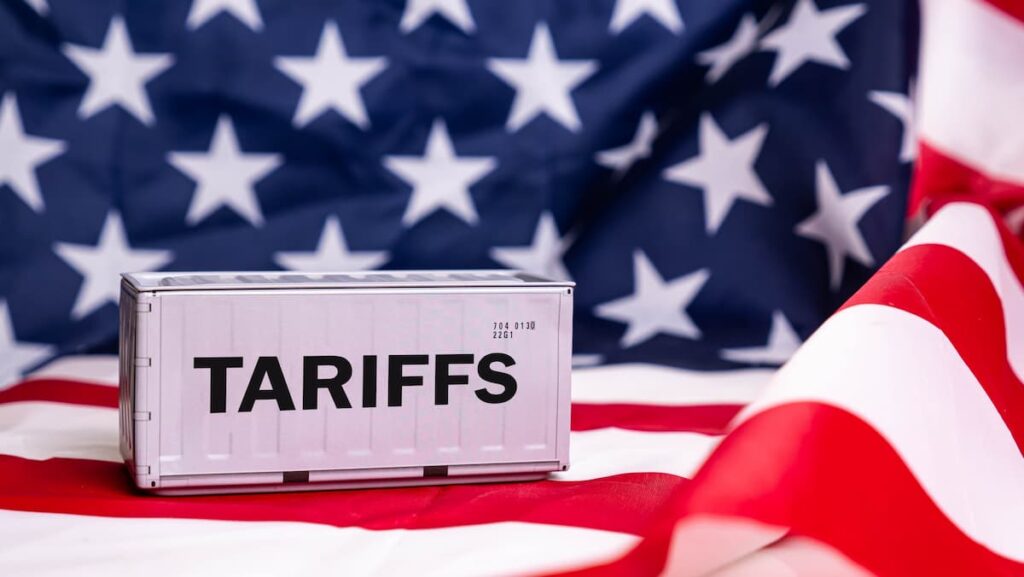Initial Success Gives Way to Rising International Tension
President Donald Trump’s trade policies, once dismissed as reckless, have delivered surprising short-term gains. Customs revenues have surged, inflation remains relatively stable, and many global trading partners have accepted steep new U.S. tariffs with limited retaliation. Several framework deals struck by the Trump administration have opened foreign markets to American goods while maintaining or eliminating levies on U.S. exports.
However, these early wins may be short-lived. Opposition is intensifying abroad, and key agreements are already under threat. The European Union, Canada, and China have all shown signs of discontent, casting doubt on the sustainability of Trump’s trade approach.
European Backlash Threatens Fragile Deal
Just weeks after the EU reached a trade agreement with the U.S. to meet Trump’s August deadline, political backlash has erupted. French Prime Minister François Bayrou described the deal as a “dark day.” Even Trump ally Viktor Orban of Hungary criticized the terms, while Belgian Prime Minister Bart De Wever denounced the agreement as driven by a “delusion of protectionism.”
The European Parliament is now struggling to finalize the pact’s implementation, and leaders like Bernd Lange, head of the trade committee, have publicly expressed dissatisfaction. With sentiment turning, the EU-U.S. trade truce could unravel quickly.
Canada Trade Tensions Resurface
In North America, negotiations with Canada have largely stalled. Despite Canadian officials dropping the controversial digital services tax, Trump has continued to threaten new tariffs on Canadian lumber and other key exports. Although many products remain protected under the USMCA agreement, it only covers about half of Canadian exports. New duties could eventually raise costs for American consumers and revive a trade rift with a long-standing ally.
This deterioration is particularly notable given that Trump personally negotiated the USMCA during his first term. His willingness to threaten partners post-deal adds to the sense of unpredictability surrounding his trade policy.
China Talks Remain on Edge
A third round of trade negotiations with China is underway, aiming to maintain a pause on mutual tariffs. But progress is limited. U.S. officials have expressed frustration with China’s slow implementation of past commitments, especially around the approval of critical materials and semiconductor access.
Trump has called for greater market openness from Beijing, but Chinese Premier Xi Jinping is unlikely to make major concessions. While rhetoric between the two powers has cooled recently, tensions remain. The pause in tariff escalation appears fragile.
Legal and Economic Risks Loom
On the legal front, a major appeals court decision could impact Trump’s authority to impose many of these tariffs. A lower court previously ruled that the president exceeded his powers under the International Emergency Economic Powers Act. While that ruling is on hold, an unfavorable outcome could limit Trump’s ability to unilaterally set tariffs going forward.
Meanwhile, early signs suggest the tariffs are beginning to raise prices in certain sectors. The Consumer Price Index has reported steady increases in items like clothing, appliances, and electronics. Companies such as Walmart, Procter & Gamble, GM, and Volkswagen have already announced or recorded billion-dollar impacts tied to tariffs. Economists expect inflation to accelerate in late summer as pre-tariff inventory is depleted, potentially disrupting consumer spending.
Though the economy remains resilient, with strong job growth and retail momentum, the coming months may reveal deeper costs of the administration’s tariff strategy.



